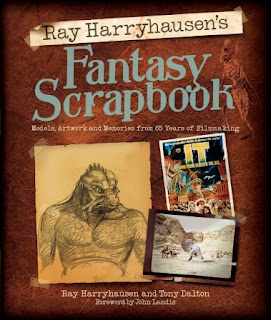what is the landform climate of sevilla,spain?
Canarias Intensive Program Erasmus 2011: RURAL GROUP, FINAL REPORT
ERASMUS INTENSIVE PROGRAM
CANARY ISLANDS 2011
TOPIC 4: RURAL AREAS IN
Historic development, contemporary processes and future challenges
MENTORS:
Ana Firmino, PhD,
Raul Rusu, PhD,
PARTICIPANTS:
Betul Akman,
Adela Crisan,
Urban Furlan,
Jos Luis Palacios Guerrero, University of Seville
Yeray Surez Ramos,
Stefan Wieser,
1. INTRODUCTION
Rural areas are a very complex concept. First of all the determination of rural area is not well defined. In
Agriculture, and the primary sector is not the only component of rural economy but we can say that is the most important one if we take in consideration that it is the main water consumer on the islands.The Canary agriculture is being continuously in an unstable structural and commercial period. Considering the main agricultural products we can distinguish two types of agriculture:
1. Commercial agriculture
This type of agriculture is being defined by products for export which are cultivated mainly along the coastal areas. The price and trade of these products are subject to high variations due to the international market. This problem in
Because of the globalization of the economy and the positive perspectives of the European market, this type of agriculture is subject to high pressure from the so-called "dollar area" in the case of the banana and from the
2. Subsistence agriculture
This type of agriculture has the following characteristics:
-it is traditional and familial. Land is cultivated with rudimentary techniques although
some machines and new types of more efficient work are gradually introduced.
-the land is labored by one family which is either the owner of that land or it rented it
- most of the times the crops are the following : cereals, potatoes, fruit trees and vegetables.
-it is located mainly in the mid-sector of the north sides of the higher altitude islands
-it has a low outcome due to high fragmentation of the plots, landforms, the low degree of technological input and difficult market conditions
- it is also affected by the import of similar products which are found on the market at lower prices.
We can identify 8 main stages during the development of the agriculture in the
1.The pre-Hispanic period took place until the 15th century . There were almost no relations with the outside world.
2.The sugar cane period started at the end of the 15th century. The sugar cane was introduced by Pedro de Vera governor of Gran Canaria. The crops covered large coastal areas of gran canaria, Tenerife and
3. The vineyards period started after the ruin of the sugar cane period. The Canarian wines were well received by the American and English markets. The economy of the islands was based on the production of wine until the end of the 17th century.
4.The depression period took place during the 18th century . The economy went down because of the loss of the former markets . The economy did not recovered until the creation of the regulation for the trading liberalization in 1788.
5.The liberal period comprised the first half of the 19th century. The free exchange with
6.The free port period started in 1852 when the law of Bravo Murillo concerning free ports was enforced. The contemporary period for the
7.The tourism period started after the civil war and especially after the sixties. During this period most agricultural lands were abandoned and the economy focused on tourism development.
8 The period of European integration started in 1986. Because of the accession to the European Union the primary sector of the
2. THE COCHINEAL ("Cochinilla") IN THE














